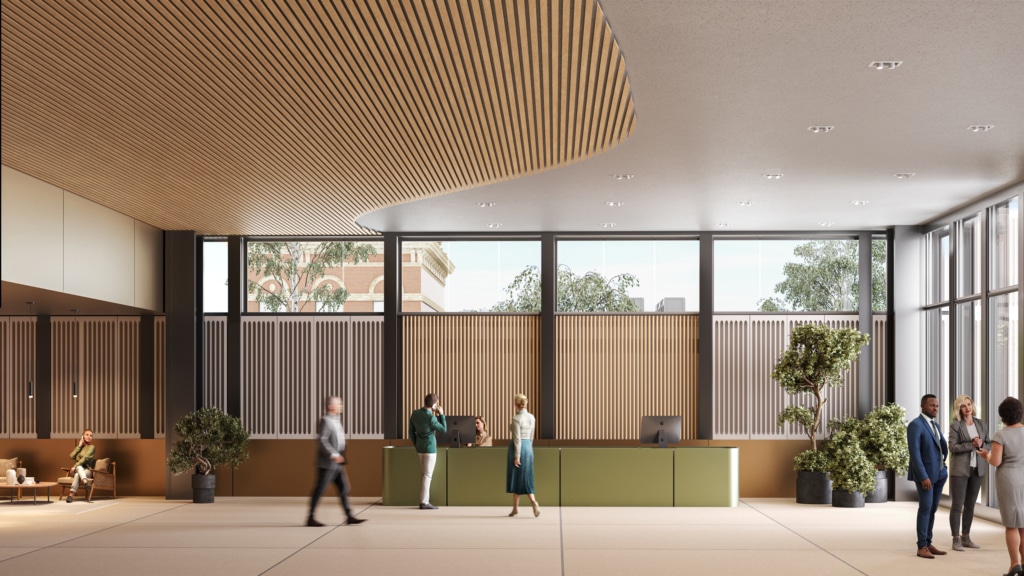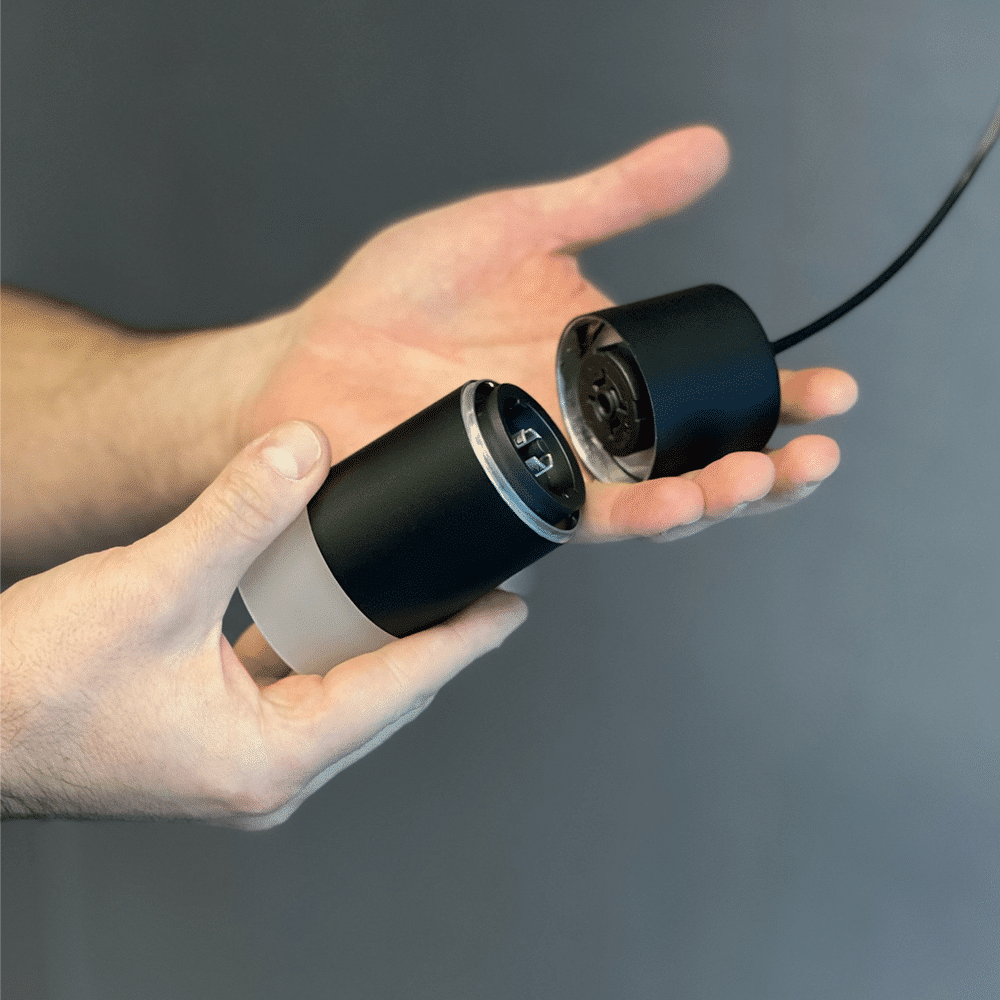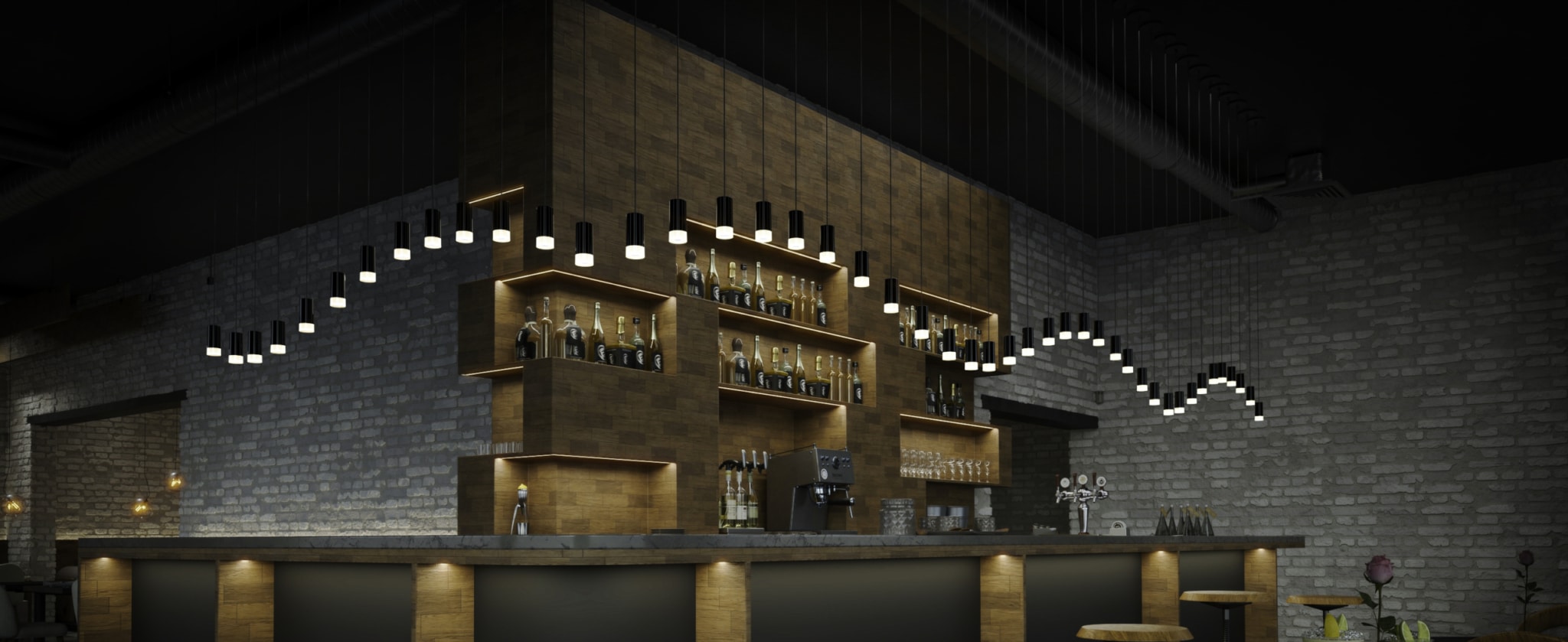Well-executed LED architectural lighting is the result of careful consideration, creativity, and technical expertise coming together to enhance the aesthetics, functionality, and ambiance of a space. It goes beyond mere illumination, becoming an integral part of the design process and accentuating the architectural elements that make each space unique.
In this blog, we will explore the key elements that contribute to the art of well-designed architectural lighting.
Understanding Architectural Lighting
Properly executed architectural lighting integrates seamlessly with the design, creating a harmonious and visually appealing environment. By carefully considering factors such as light direction, color temperature, and control options, architects and designers can craft well-designed lighting solutions that transform spaces into extraordinary experiences.
Whether for residential, commercial, or public spaces, understanding architectural lighting lays the foundation for creating captivating and transformative designs.
Features of LED Architectural Lighting Solutions
Integration with Architecture: One of the essential aspects of architectural lighting is its seamless integration with the architecture. Lighting fixtures should complement the space’s style, enhance its visual appeal, and accentuate its defining features.
Dimming and Controls: Well-designed architectural lighting incorporates versatility with controls that empower users to adjust light levels according to their needs. Dimming capabilities provide flexibility, allowing the lighting to adapt to different activities, moods, or occasions.
Focused Illumination: Well-designed architectural lighting provides fine-tuned, focused illumination, directing light precisely where it is needed. This approach eliminates unnecessary glare and light spillage, ensuring that the light serves its intended purpose without overwhelming the space.
Balance and Symmetry: Creating a sense of balance and symmetry in lighting arrangements contributes to a harmonious and visually appealing environment. A well-balanced lighting design brings a feeling of order and unity to the space, enhancing its overall aesthetic appeal.
Flexibility and Adaptability: The best architectural lighting designs are flexible and adaptable, accommodating various uses and functions within the space. Spaces evolve, and lighting should be designed to adapt seamlessly to changing needs and activities. This adaptability ensures that the lighting design remains relevant and effective over time.
4 Types of LED Architectural Lighting Fixtures:
LED Linear Lights: These fixtures come in straight lines, offering uniform and continuous lighting. One exceptional product in this category is the Solais STR8 Line Linear, which can easily be implemented seamlessly into the environment. Ideal for accentuating long hallways, cove lighting, or creating a striking visual impact on walls.

LED Downlights: LED downlights are a popular choice for ambient and task lighting, perfectly blending
into ceilings and providing a clean, clutter-free look. The Solais ST2A Adjustable is a great example, offering both functionality and elegance. This fixture is ideal for creating an even wash of light on walls, enhancing the visual appeal of any space.
Read our blog on architectural recessed lighting to learn more.
LED Track Lighting: LED track lighting offers versatility and adjustability, making it perfect for accent lighting or spotlighting specific architectural features. The Solais LCS Arch is an exceptional track lighting solution, providing a range of options to highlight artwork, building details, or products in retail settings.

LED Pendant Lighting: LED pendant lighting adds a touch of sophistication and style to any space. The Solais NDR Pendant is a remarkable example, combining functionality with a contemporary design. Ideal for illuminating dining areas, reception desks, or conference rooms, pendant lighting creates a focal point while providing ample illumination.
Read our blog on architectural pendant lighting for more information.
Choosing the Right LED Architectural Lighting
Selecting the appropriate architectural lighting fixtures requires careful consideration of the space’s needs and lighting requirements. Here are some essential factors to consider:
Assessing the Space and Lighting Needs: When choosing LED architectural lighting, start by identifying the space’s purpose and function, whether it’s for work, relaxation, or socializing, as different spaces may require varying lighting levels and effects. Additionally, consider the desired lighting effects and ambiance you want to create, whether it’s a cozy atmosphere with soft, warm lighting or a more energetic vibe with bright, cool lighting.
Understanding Light Color Temperature and CRI: Understanding the lighting’s color temperature, measured in Kelvin (K), determines its warmth or coolness. Lower values (2700K-3000K) create warm, yellowish light, while higher values (5000K-6500K) produce cool, bluish light. Additionally, the Color Rendering Index (CRI) is crucial for accurate color representation, with higher values (above 80) ensuring better color accuracy.
Selecting the Appropriate Wattage and Lumen Output: When selecting LED fixtures, strike a balance between energy efficiency and desired brightness by choosing appropriate wattage levels. Take into account the specific requirements of the space, as different areas may demand varying lighting intensities based on their intended tasks and optimal functionality.
Installation and Placement, Controls, & Automation
Proper installation and placement of LED architectural lighting, along with effective control options, are essential for maximizing the benefits of these innovative fixtures.
Proper Placement of LED Architectural Lighting Fixtures: With expert guidance from a lighting design consultant, or even a hands-on manufacturer like Solais, you can achieve even illumination by distributing fixtures evenly to prevent dark spots or excessive light. Additionally, we can help you strategically position fixtures to highlight architectural features to create captivating focal points within the space.
Exploring LED Lighting Control Options: LED architectural lighting offers various control options for optimal lighting management. Basic controls like manual switches and dimmers provide simple ways to adjust lighting levels as needed, while smart lighting systems offer the convenience of remote control, scheduling, and seamless integration with other smart devices, enhancing the overall lighting experience.
Architectural Lighting: Efficiency and Elegance Redefined
LED architectural lighting has emerged as a game-changer in the world of lighting design. With its design flexibility, and exceptional performance, and smooth integration with the environment, architectural lighting fixtures are transforming spaces into captivating and efficient environments. Whether you need linear lights, downlights, track lighting, or pendant lighting, Solais offers a wide range of high-quality LED architectural lighting solutions. Contact us today and let’s start putting a plan together for your architectural lighting!
